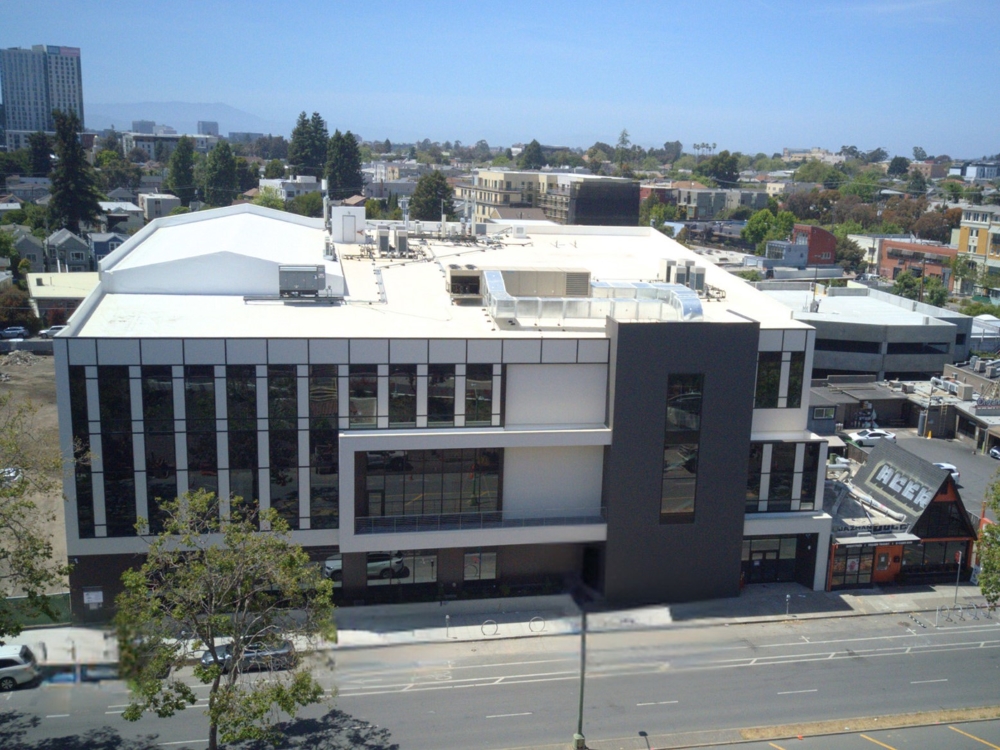Opportunity Zone Interest Heats Up in New Jersey
Lower cost of capital and greater certainty on tax treatment have stirred palpable demand for multifamily investments in the state, finds Cushman & Wakefield's Brian Whitmer.

Brian Whitmer Image courtesy of Cushman & Wakefield
The multifamily sector came out of the gate strong in 2019, and investor demand has continued to heat up throughout Northern New Jersey and across the Tri-State region. As we head towards the end of the second quarter, sentiments are more positive than at this time last year, and we are seeing far more activity both in terms of numbers of listings and offers.
This is directly related to interest rates lowering and the cost of debt being more compelling. The general outlook is that federal rates such as treasuries will remain low and stable in the near future, giving investors comfort that there will be valuation stability or appreciation. As a result, people who have been on the sidelines are re-entering the market, active investors are increasing their acquisition volume plans and developers have the confidence to move forward with ground-up projects.
Completed multifamily transactions over the past six months have proven that best-in-class, trophy real estate is still commanding historically low cap rates, which translate into record high per unit values. Capital continues to be aggressively pursuing New Jersey’s top-tier submarkets, such as the Hudson Gold Coast, and well-positioned suburban CBDs, such as Montclair and Morristown. These areas offer a walkable environment that is attracting continued commercial and office expansion while maintaining strong fundamentals, such as low vacancies and rent growth.
Clarity Brings Capital
The most significant shift that we’re seeing is increased attention on the Qualified Opportunity Zone front. Prior to the second round of regulations being released by the Treasury Department in April, we saw strong interest among potential investors who were interested in our Opportunity Zone listings. Despite the steady drumbeat of positive media stories about the growth of Qualified Opportunity Funds, however, there was a void of capital ready to deploy as fiduciaries showed reluctance to start raising and placing the funds before the government provided clarity around the first-round regulations. Now that investors are more comfortable with the regulations, we have seen the benefits. We have closed our first Opportunity Zone land sale in Jersey City, and are seeing substantially more interest in our current listings from both traditional real estate investors as well as individuals who have sold operating businesses. These entities historically would not have been able to take advantage of a 1031 exchange but are looking to participate because they can defer taxes by reinvesting their capital gains into a fund.
For example, an apartment community in downtown Hackensack, which will be delivered complete but unleased to qualify for Opportunity Zone tax treatment, is very unique and generating interest from funds nationwide. We also found that owners of land sites in Opportunity Zones are keeping their pulse on the status of investment flows into Opportunity Zones and are prepared to bring their properties to market when they see significant transactions start to happen at a frequent pace. Thus, we foresee that once the pace of Opportunity Zone investment picks up, there will be an increasing number of opportunities that will arise.
Now that there is more certainty on tax treatment, we are seeing palpable interest and demand unfold in real time. At present, the focus is on multifamily development in Northern and Central New Jersey, where the preponderance of Opportunity Zones are located―in mature towns with urban cores and a supportive existing infrastructure that make the areas ripe for revitalization. We believe that the cautiousness of the Opportunity Zone investor has started to lift, and there appears to be a lit fire with plenty of gas to fuel it.







You must be logged in to post a comment.